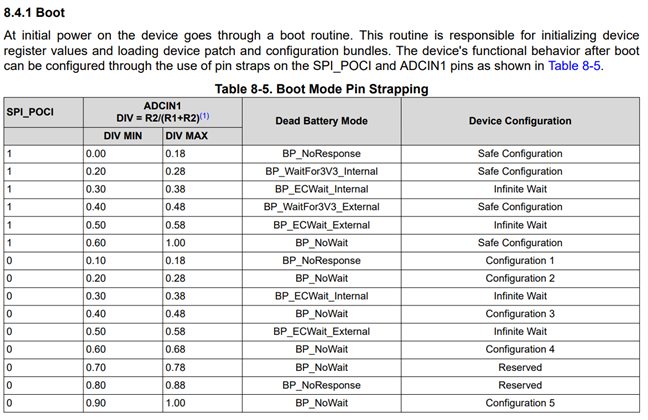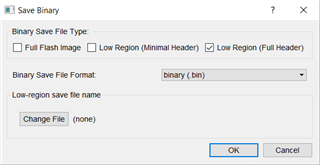Other Parts Discussed in Thread: BQ25750, TPS65987,
Tool/software:
Hello,
I'm developing a device which uses the TPS65987 to negotiate a DFP contract from a power supply to charge my systems pack through a BQ25750.
Our board does not have an SPI Flash and we are planning to use our MCU to store the TPS65987 FW and upload it on device power up. We don't have any strict startup time requirements so this seems/seemed like a suitable option. However, it looks like the much more standard configuration is to program via an SPI flash at POR.
From reading other posts, it seems like this is at least possible. If anyone can provide some documentation on how to do this that would be great.
Thanks in advance!



